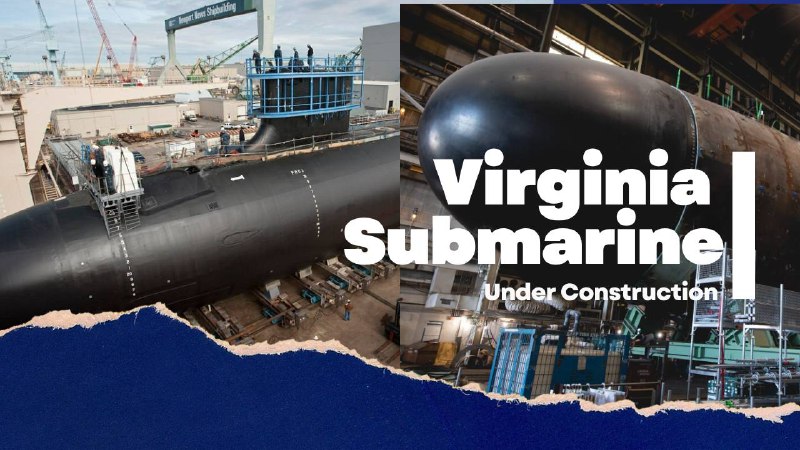
Washington, D.C. | April 30, 2025 – The U.S. Navy just locked in a massive $17.1 billion submarine deal to supercharge its attack fleet, awarding a long-awaited contract modification to General Dynamics Electric Boat (EB) and prime contractor Huntington Ingalls Industries (HII).
The mega-contract covers the construction of two new Virginia-class attack submarines, part of a broader push to ramp up undersea warfare capability as tensions rise in global waters.
“We re-negotiated this deal to strike the right balance of capability, accountability, and value for American taxpayers,” said Navy Secretary John Phelan.
What’s in the Deal?
- $12.4B awarded to Electric Boat
- $1.2B to HII for workforce and shipyard investment
- Total value could reach $17.1B with options
- Part of a larger plan for a bigger, deadlier sub fleet
The Navy has already delivered 24 Virginia-class subs, with another 16 in the pipeline. These fast, stealthy vessels are key to countering rising threats, especially in the Indo-Pacific.
Rear Adm. Jon Rucker, who oversees attack submarines, said the effort reflects “a highly coordinated push” to speed up submarine production and stabilize critical suppliers.
“This is about staying ahead,” Rucker said. “These boats are vital to a modern naval force.”
From Budget Tensions to Green Light
The contract wasn’t without drama. It comes months after a funding flare-up, when the Navy requested emergency cash to keep the program alive, blindsiding both Congress and the White House budget office.
Lawmakers pushed back hard. But after months of pressure, dealmaking, and high-level negotiations, the funding and contracts are now in place.
Industry leaders called it a win for national security and for American shipbuilders.
“This validates the mission, the people, and the future of undersea warfare,” said Mark Rayha, President of Electric Boat.
“Our shipbuilders are laser-focused on delivering – and delivering fast,” added Jason Ward, VP at HII.
What’s Next?
The Navy will use this deal to fuel workforce expansion, improve shipyard operations, and stay on track for future sub deployments. It also signals that the U.S. is serious about owning the deep seas in the decade ahead.



